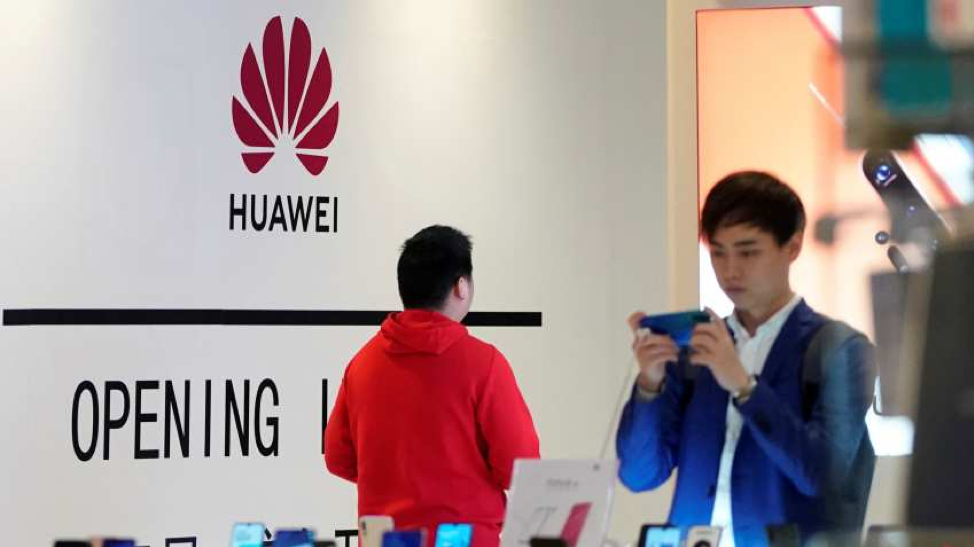Update 1 (5/28/2019): Hauwei’s own OS maybe called ARK OS, as it has trademarked the name in Europe
Update 2 (5/29/2019): Hauwei is reinstated in the SD Association, Wi-Fi Alliance, and JEDEC.
~*~
From restricting US government employees from using Huawei smartphones to advising allied countries to do the same, the hate towards the Chinese smartphone maker from the Trump administration was ever evident.
This particular vendetta took a drastic turn; when a trade ban was hammered upon the company. Since then, Huawei has been in a downward spiral.
The whole fiasco started on Wednesday, 15th May, 2019. An executive order added Huawei to the U.S. Department of Commerce’s Entity List, which blacklisted the company. This blocked Huawei’s ability to import components and services from the United States and at the same time, preventing it from selling its products in the country. This a comes as a massive blow to the smartphone giant, who were aiming to take over the number-one spot in the market.
That was the least of Huawei’s problems. Its worst nightmare took form, when Alphabet Inc., or more commonly known as Google, went to on comply with the blacklist order and revoked Huawei’s license. Which in-turn, terminated Huawei’s access to the Open Source Android Project. This not only stops all future Huawei phones from using the Android operating system; but also, android updates to current generation Huawei smartphones. Repercussions leading to lesser customers buying the companies product and major telecom-carrier taking it down from their stores.
Right after Google’s announcement, one by one major companies such Intel, Microsoft and Qualcomm notified the press that they will not be conducting further business with Huawei as well. This has left Huawei’s smartphone business in a state of disarray.
In-house Chinese Software and Hardware can be the Solution

China has always been good at manufacturing most of its products locally. Which apparently was the reason, that lead to the balance-of-payment deficit between the two countries. Hence, the start of this trade war. And it seemed Huawei was a tad bit well prepared for this kind of situations as well. Manufacturing the in-house Kirin SoC and most of the hardware components needed for its devices; made it quite independent.
Unfortunately, Huawei wasn’t as independent as it thought it was. It was ARM, who delivered the biggest slap on Huawei’s face; when they decided to join the banning fest; shattering most of its chances of fighting back with home-grown components.
For those of you who don’t know, all the System on Chip (SoC) (processor and motherboard), used by all the smartphone markers are based on the SoC design provided by ARM. Without the authorization to use their designs to make further SoC. It will require the Chinese smartphone marker to come up with its own SoC design; which apparently can take at-least 2 to 3 years.
The birth of the Android alternative in the EU and China?
Right after the news broke out of the Android Ban. Rumors start spreading of Huawei building its own HongMeng OS and replacing the Google Play store with Aptoide. Both of which, might be more than welcomed in the local content centric China, where it is already popular, and Europe, a market which accounted for third of its smartphone sales.
With Google’s fall out in Europe with the anti-trust case and in China due to the recent turn of events. Huawei just might be able to start the revolution needed to throw Google out of the Iron Throne.
However, all of these are more of a long-term plan; which the company is currently working on implementing. But, right now, it’s in deep waters and it seems, it not going to be able to come out of it any time soon.